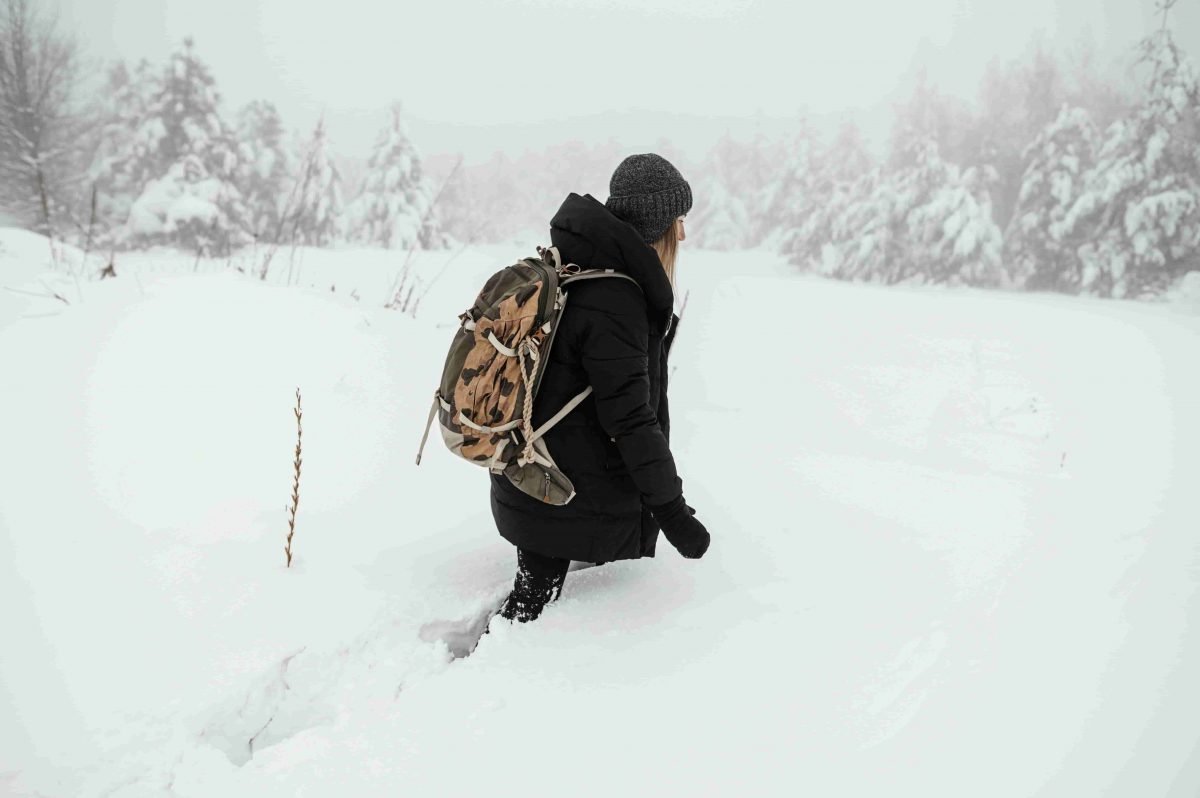Introduction
Mother Nature can be both a friend and a foe. Her beauty draws us out into the wild, offering breathtaking landscapes and thrilling adventures. However, as we continue to witness an increase in extreme weather events, it’s clear she can also be unpredictable and unforgiving. For outdoor enthusiasts, adventure seekers, and survivalists, this means one thing: the importance of preparation cannot be overstated.
In this blog post, we’ll explore the nuances of preparing for extreme weather during outdoor adventures. Whether you’re planning a simple hike or an extensive backcountry expedition, understanding the potential challenges posed by the elements is critical. We’ll cover everything from pre-trip planning to real-life accounts of extreme weather encounters. You’ll leave equipped with the knowledge to face whatever Mother Nature throws your way.
Understanding Extreme Weather
The term “extreme weather” encompasses a range of natural phenomena. From torrential rains and snowstorms to scorching heatwaves and powerful winds, outdoor adventurers may encounter these conditions at any time. It’s essential to understand the types of weather you might face and why they’re becoming more frequent.
Climate change plays a significant role in altering weather patterns worldwide. Rising global temperatures are causing more intense and frequent extreme weather events. For example, warmer air holds more moisture, leading to heavier precipitation during storms. Additionally, shifting jet streams can result in unusual weather occurrences, affecting regions not typically prone to certain conditions. Being aware of these changes helps adventurers better prepare for the unexpected.
Pre-Trip Planning
Preparation begins long before you lace up your hiking boots. Researching the weather forecast is crucial to understanding what conditions you may encounter on your adventure. Look for trends in weather patterns and consult multiple sources to ensure you have the most accurate information.
Once you have a grasp on the predicted weather, gear up accordingly. Choosing the right equipment can make the difference between a challenging but manageable situation and a dangerous one. Waterproof clothing, insulated layers, and sun protection are just a few essentials to consider. Remember, your gear should adapt to various conditions to keep you safe and comfortable.
Safety Measures During Extreme Weather
No matter how well-prepared you are, weather can change unexpectedly. If you find yourself caught in extreme conditions, knowing how to respond is vital. In the case of a storm, for instance, seeking shelter away from tall trees or exposed ridges is crucial. Being aware of emergency communication options, such as satellite phones or personal locator beacons, can prove invaluable if you need help.
Adapting your actions to the specific weather event is key. During heatwaves, stay hydrated and rest during the hottest parts of the day. In heavy rain or snow, secure your gear and find ways to stay dry. Understanding the nuances of each scenario increases your chances of navigating them safely.
Case Studies and Real-Life Stories
Real-life stories offer valuable insights into how others have faced extreme weather while adventuring outdoors. For example, consider the tale of a group of hikers caught in an unexpected blizzard in the Rockies. Thanks to their prior training and preparation, they managed to create makeshift shelters and signal for help, ultimately leading to a successful rescue.
These first-hand accounts highlight not only the importance of being prepared but also the mental resilience required in challenging situations. Learning from others’ experiences can provide you with strategies to implement in your own adventures, ensuring you’re ready for whatever comes your way.
Post-Trip Evaluation
After an adventure, it’s beneficial to reflect on your experience. Consider what went well and what could be improved regarding weather preparation and response. Did you pack the right gear? Were you adequately informed about potential weather changes? Honest evaluation helps refine your future planning and decision-making.
Explore resources for further learning and preparedness. Online forums, survivalist courses, and outdoor clubs often share valuable knowledge and tactics. By engaging with these communities, you can continuously enhance your readiness for extreme weather in outdoor settings.
Conclusion
In the world of outdoor adventures, preparation is your greatest ally against extreme weather. From thorough pre-trip planning to learning from real-life experiences, each step you take strengthens your ability to face the unpredictable. Remember, understanding the environment and adapting to its changes can turn potential dangers into manageable challenges.
We encourage you to share your experiences and preparation tips with fellow adventurers. By fostering a community dedicated to safety and knowledge, everyone benefits. And if you found this post helpful, consider sharing it within your circle to spread awareness. Together, we can ensure that every adventure, no matter the weather, is both safe and memorable.
